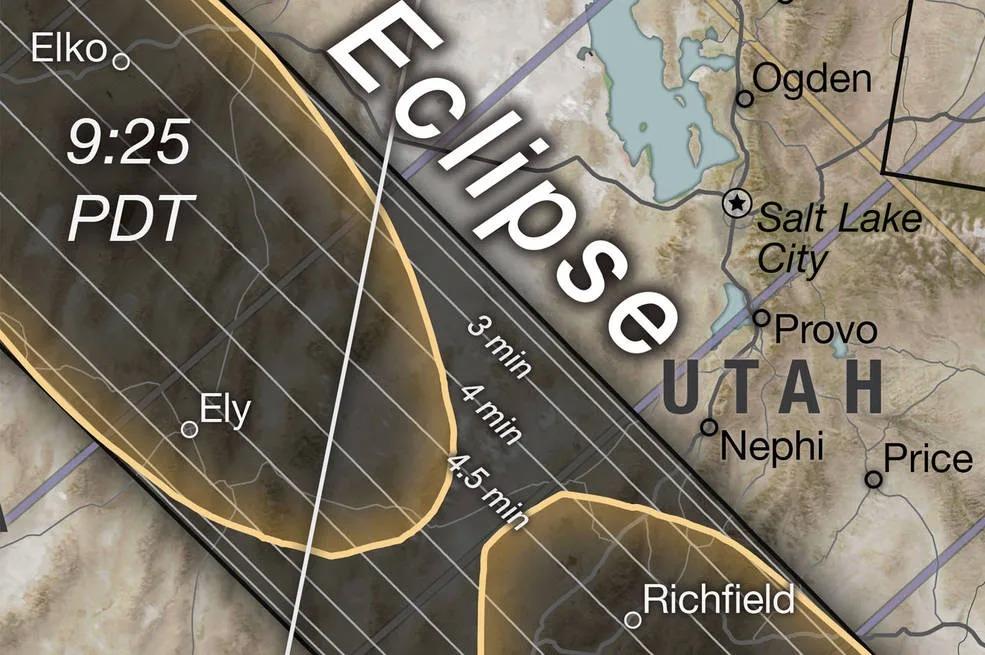
Why The Moon Looks Like A Potato On NASA's New Eclipse Maps
NASA has developed a process that creates more accurate solar eclipse maps, the agency recently announced - and the shadow cast by the moon in the new, better maps might not look quite as you'd expect.
The new process incorporates lunar topography data from the agency's Lunar Reconnaissance Orbiter, a mission that has been mapping the moon in three dimensions since 2009.
Older ways of visualizing the moon's shadow during a solar eclipse on Earth assumed that the moon is a smooth sphere and that all observers were at sea level. In contrast, the newer method takes elevation on Earth into consideration. The moon's topography is considered, too, showing what the agency calls "the true, time-varying shape of the Moon's shadow” in a news release.
Read Also-
Earth will have a temporary 'mini moon' for two months
"People ask, why does it look like a potato instead of a smooth oval? The short answer is that the Moon isn't a perfectly smooth sphere,” Ernie Wright, a visualizer at NASA's Goddard Space Flight Center who developed the method, says in a news release about the improved process.
The reason for the shadow's unexpected shape can be found in the way it blocks the sun during an eclipse. The surface of the moon is lumpy, bumpy and pitted with craters. When it blocks the sun, the rugged valleys on the outer edge of the moon act like pinholes that cast multiple images of the sun onto Earth's surface. In the very center of the flowerlike projection is a shadow - the umbra - in which the sun is completely blocked.
Since its edges are formed by the arcs at the edges of the sun, the shadow at the center of the projection is a polygon, not a perfect circle.
Researchers describe their new method in a study in the Astronomical Journal. "Because of the Moon's rugged terrain, the shape of the umbra's edge is nothing like we might imagine,” they write. The result is a shadow - and a visualization - that's irregularly shaped.
Better eclipse maps are a boon to scientists. But they also help engage the public, the researchers write, citing the "current novelty of the method and its results.”

Legal Disclaimer:
MENAFN provides the
information “as is” without warranty of any kind. We do not accept
any responsibility or liability for the accuracy, content, images,
videos, licenses, completeness, legality, or reliability of the information
contained in this article. If you have any complaints or copyright
issues related to this article, kindly contact the provider above.


















Comments
No comment